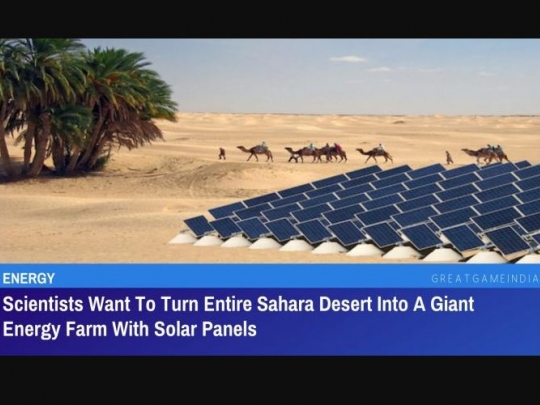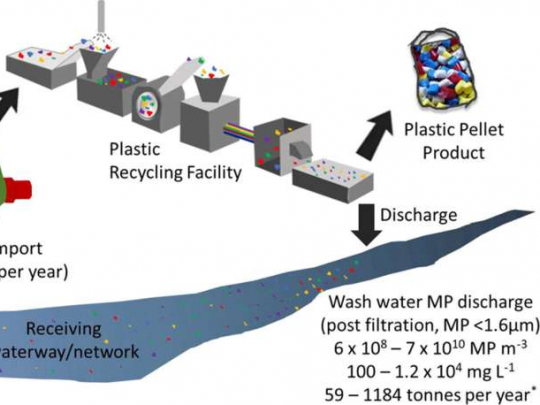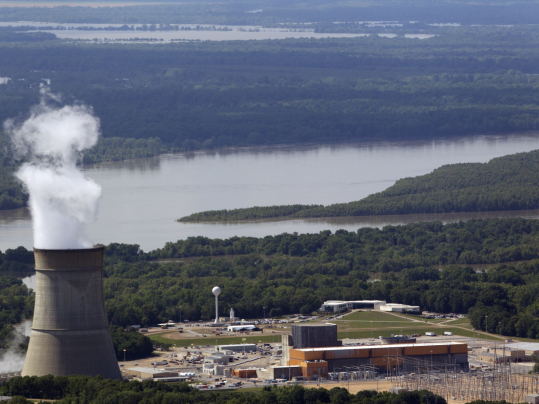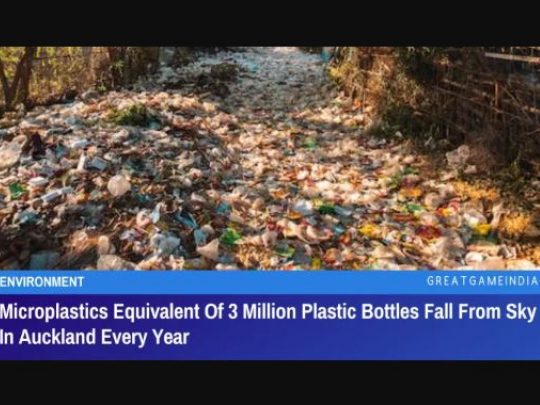Scientists Want To Turn Entire Sahara Desert Into A Giant Energy Farm With Solar Panels

A team of Finnish scientists estimated that the world needs 69% of its primary energy from solar farms for achieving net-zero goals. This estimation was made 2 years ago stating there may be a need for more solar farms. As per the agreement Sahara was chosen to be a suitable option and scientists want to turn the Sahara desert into a giant energy farm with solar panels.
But according to two researchers (Benjamin Smith from Western Sydney University and Zhengyao Lu from Sweden’s Lund University), the consensus seems to be wrong.
These two researchers warned that there may be some negative consequences of turning Sahara into giant solar farms. It may impact the global climate.
Sun’s energy is absorbed by the photovoltaic panels as this is the basic that everyone knows. But, we should also focus on the solar panel’s efficiency factor or the rate at which it converts absorbed energy into electricity.
Between 15-20% of the light solar panel absorbs, they convert into electric energy. The rest seems to be an issue as per Smith and Lu.
The remaining energy that is not converted into electricity will be released into the environment in the form of heat. Solar panels absorb and release more heat than sand in Sahara does as per the researchers.
The remaining heat that is released back into the environment can create a difference between the Sahara and the oceans around it. This difference will reduce the surface pressure of air, bring more rain and boost the rate of moist air rising and condensing. More rain can turn Sahara into a green area again.
However, we can see destructive consequences if we temper the climate pattern of our planet. Turning Sahara into a solar hub is not a good idea as per the researchers. It may have an adverse effect on the global climate.
Ecosystems, nature and climate patterns are interconnected. Sahara sand brings nutrients to the Atlantic ocean and Amazon. Airflow and ocean circulation will change due to excessive heat generated due to solar panels in Sahara.
It will eventually impact climate and rain pattern. Covering 20% of this desert can lead to higher global temperatures. The polar region will be affected more and ice will melt. So this is not a good idea as per Lu and Smith.
- Source : GreatGameIndia


















